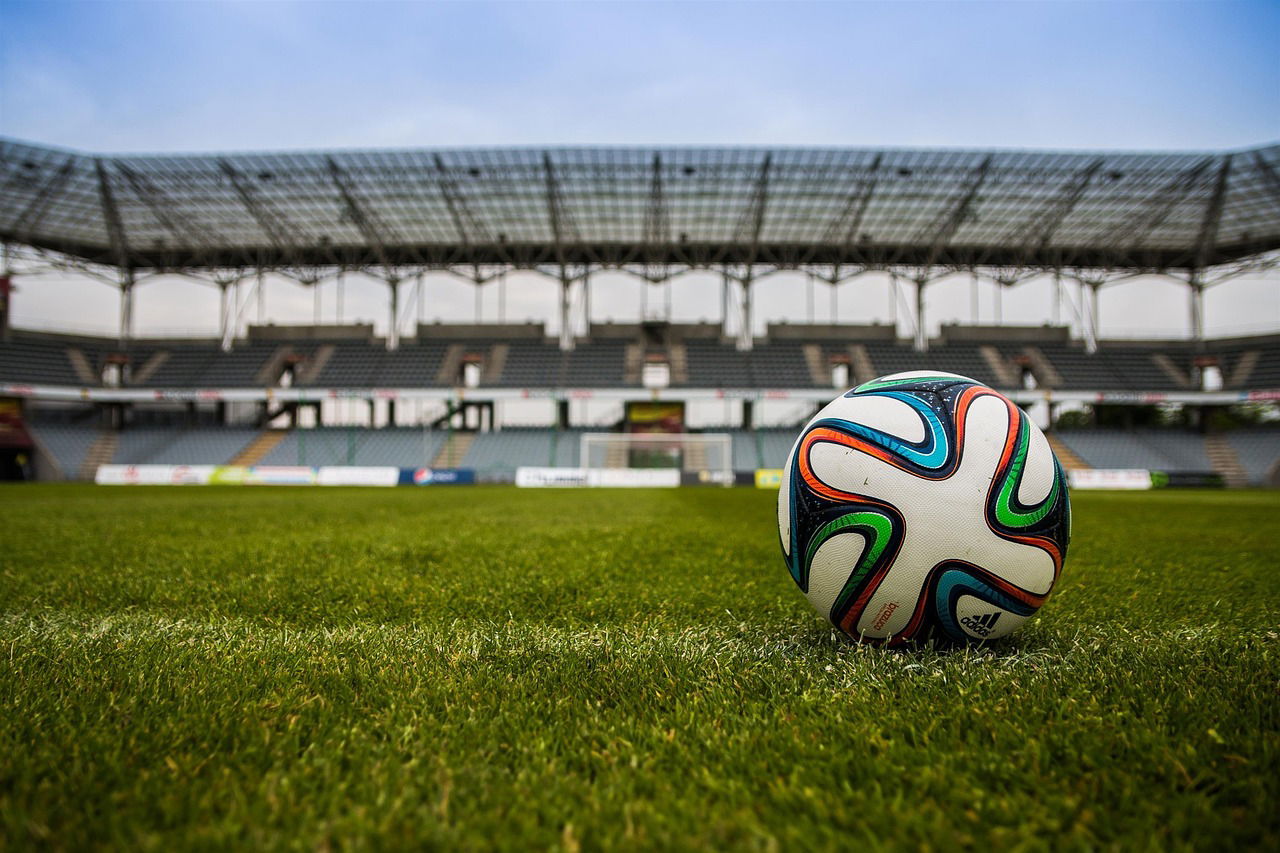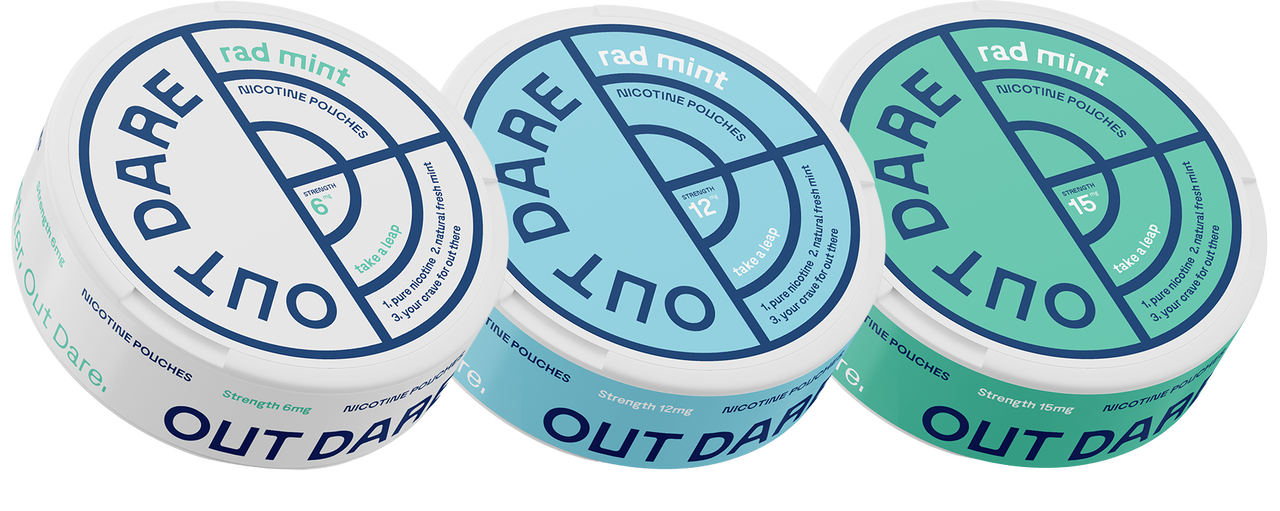

Tobacco's Lingering Presence in Sports
Written by
Published
Tue,30/09/2025
The intersection of sports and tobacco has a long and complicated history, one that continues to evolve in the face of increasing public health awareness and stricter regulations. The relationship between tobacco and sports has gone through significant changes, including:
Being a ubiquitous presence at sporting events
Facing near-total bans
This evolution reflects changing societal attitudes towards tobacco use and its health risks. This article will explore the historical context, current trends, and the impact of tobacco on professional athletes, examining the lingering presence of tobacco in the world of sports.
Tobacco and Its Role in Sports
Historical Overview of Tobacco Use in Sports
Historically, tobacco use was deeply ingrained in sports culture. In the early to mid-20th century, cigarettes were heavily advertised during sporting events, with cigarette advertisements prominently displayed in stadiums and arenas.
Aspect
Advertising
Athlete Involvement
Sponsorship
Details
Cigarette advertisements were prominently displayed in stadiums and arenas during sporting events.
Many professional athletes were smokers, and it was not uncommon for players to appear in tobacco ads.
American Tobacco and British American Tobacco were major television sponsors, their tobacco brands becoming synonymous with certain sports.
Chewing tobacco and other forms of smokeless tobacco were also widely used, particularly in baseball. This widespread acceptance was partly due to a lack of awareness about the serious health effects associated with tobacco, most notably lung cancer and other respiratory illnesses. As public health concerns grew, so did the movement towards tobacco control.
Current Trends in Tobacco Sponsorship
The landscape of sports sponsorship has changed drastically in recent decades. Due to mounting evidence of the health risks associated with tobacco, many countries have implemented changes; these include:
A ban on tobacco advertising
A ban on sports sponsorship by tobacco companies
This ban on tobacco has significantly reduced the visibility of tobacco products at sporting events. However, the tobacco industry has found alternative ways to maintain a presence, often through indirect marketing or by focusing on markets with less stringent regulations. While direct tobacco sponsorship is less prevalent, the legacy of cigarette advertising and its influence on sports culture remains a topic of discussion. The shift reflects a growing recognition of the importance of promoting physical activity and healthy lifestyles through sports, and severing ties with the tobacco industry to protect public health.
Impact of Tobacco on Professional Athletes
The impact of tobacco on professional athletes extends beyond the financial aspects of sports sponsorship. Tobacco use, including smokeless tobacco, has detrimental health effects on athletic performance. Nicotine and tobacco products can impair cardiovascular function and reduce endurance performance, hindering an athlete's ability to compete at their best. Furthermore, the long-term health risks associated with tobacco, such as lung cancer, heart disease, and oral tobacco-related cancers, pose a significant threat to the well-being of professional athletes. Sports medicine professionals are increasingly focused on educating athletes about the dangers of tobacco and providing resources for cessation. The goal is to promote a culture of health and wellness within professional sports, free from the harmful effects of tobacco.
Health Effects of Tobacco Use
Short-Term and Long-Term Health Risks
The health effects of tobacco use are far-reaching and encompass both short-term and long-term consequences, particularly detrimental to professional athletes. Short-term effects can include decreased endurance performance due to reduced lung capacity and increased heart rate from nicotine and tobacco products. Long-term risks are more severe, with lung cancer being a primary concern, alongside heart disease, stroke, and various other cancers, including oral tobacco-related cancers from smokeless tobacco. Sports medicine professionals emphasize that even occasional tobacco use can compromise an athlete's respiratory and cardiovascular systems, hindering their ability to compete at their peak. The cumulative health risks associated with prolonged tobacco use significantly outweigh any perceived benefits, urging athletes to prioritize tobacco control and cessation.
Effects on Endurance Performance
Tobacco use has a demonstrably negative impact on endurance performance, a critical factor for professional athletes in virtually every sport. Nicotine and tobacco products found in cigarettes and smokeless tobacco constrict blood vessels, reducing oxygen flow to muscles and vital organs. This impairs the body's ability to sustain high levels of physical activity over extended periods. Additionally, cigarette smokers experience a buildup of carbon monoxide in their bloodstream, further reducing the oxygen-carrying capacity of red blood cells. This directly translates to decreased stamina, increased fatigue, and a diminished ability to recover quickly after intense exertion. Consequently, athletes who engage in tobacco use are at a significant disadvantage compared to their tobacco-free counterparts, compromising their potential for success in their respective professional sports. The health effects of tobacco make it a critical factor to consider for athletes.
Comparison of Smokeless Tobacco and Smoking
While both smoking cigarettes and using smokeless tobacco pose significant health risks, there are important distinctions to consider, especially in the context of sports and tobacco. Smoking primarily affects the respiratory system, leading to lung cancer, emphysema, and chronic bronchitis. However, smokeless tobacco, such as chewing tobacco, presents a different set of dangers. Although it doesn't directly impact lung function, oral tobacco is strongly linked to oral cancers, gum disease, and tooth loss. The nicotine and tobacco products in smokeless tobacco are absorbed through the lining of the mouth, leading to addiction and potential cardiovascular problems. In the realm of professional sports, where appearance and dental health are also factors, the use of smokeless tobacco can have both performance-related and aesthetic consequences. Regardless of the method, tobacco control remains crucial for the public health of athletes.
Regulations and Changes in Sports
Policies Against Tobacco Advertising
The implementation of policies against tobacco advertising in sports represents a significant shift in the relationship between the tobacco industry and sporting events. As public health awareness increased, many nations enacted legislation to ban tobacco advertising at sporting events, effectively removing cigarette advertisements from stadiums, arenas, and broadcasts. This ban on tobacco marketing aimed to reduce the exposure of young people and professional athletes to tobacco products, curbing the normalization of tobacco use. However, the tobacco industry has often sought alternative marketing strategies, such as indirect sports sponsorship or focusing on regions with less stringent regulations. These measures reflect a global effort towards tobacco control, seeking to protect public health by disassociating professional sports from tobacco use.
Role of Sports Organizations in Promoting Health
Sports organizations play a crucial role in promoting public health by actively discouraging tobacco use and supporting tobacco control initiatives. These organizations have increasingly recognized their responsibility to protect the health of athletes and fans by implementing policies that limit or prohibit tobacco use at sporting events. By partnering with sports medicine professionals, they can provide education and resources to athletes about the health risks of tobacco. Moreover, sports organizations can use their influence to advocate for stricter regulations on tobacco advertising and tobacco sponsorship. By championing physical activity and healthy lifestyles, these organizations can contribute to a culture that prioritizes well-being over the promotion of tobacco. Ultimately, this commitment fosters an environment where athletes and fans alike are encouraged to make informed choices about their health, free from the influence of the tobacco industry.
Support for Athletes Quitting Tobacco
Providing comprehensive support for professional athletes who want to quit tobacco use is essential for promoting public health within professional sports. This support should include access to cessation programs, counseling services, and nicotine replacement therapies, addressing both the physical and psychological aspects of nicotine addiction. Sports medicine professionals can play a pivotal role in educating athletes about the benefits of quitting and developing personalized strategies to overcome cravings and withdrawal symptoms. Creating a supportive team environment, where teammates and coaches encourage tobacco control and celebrate successes, can further enhance the likelihood of successful cessation. By investing in these resources, sports organizations demonstrate a commitment to the well-being of their athletes, fostering a culture that values health and physical activity over tobacco use. Ultimately, supporting athletes in quitting tobacco not only improves their individual endurance performance and health but also sets a positive example for fans and the broader community.
Alternatives and Future Directions
Exploring Oral Tobacco Alternatives
As awareness of the health effects of smokeless tobacco grows, the exploration of safer alternatives becomes increasingly crucial, especially within the realm of professional sports. Oral tobacco, including chewing tobacco, poses significant health risks, including oral tobacco-related cancers and gum disease, making it imperative for the tobacco industry to develop less harmful options. Nicotine pouches, for instance, offer a way to deliver nicotine without the tobacco itself, potentially reducing the carcinogenic effects. Other alternatives include nicotine-free gums and lozenges that aim to satisfy the oral fixation associated with smokeless tobacco. These alternatives are marketed as a way to manage cravings without the detrimental health effects of traditional tobacco products, offering a potential pathway for tobacco control among professional athletes and the general public.
Innovations in Tobacco-Free Sports Sponsorship
With the increasing ban on tobacco advertising and sports sponsorship, innovative approaches to funding sporting events are emerging. Non-tobacco companies are recognizing the value of associating their brands with physical activity and the positive image of professional sports. This shift has opened doors for companies in sectors like technology, energy drinks (excluding those marketed towards children), and sportswear to become major sponsors and event partners. These companies align themselves with the values of health, fitness, and athletic achievement, providing financial support while promoting a tobacco-free lifestyle. This transition not only fills the void left by the tobacco industry but also reinforces the message that professional sports and public health are mutually supportive. The sponsorship of sports is moving away from cigarette advertising and towards brands promoting well-being.
Building a Tobacco-Free Culture in Sports
Creating a tobacco-free culture within professional sports requires a multi-faceted approach involving sports organizations, sports medicine professionals, and the athletes themselves. Education is paramount, ensuring that athletes are fully aware of the detrimental health effects of tobacco use, including the impact on endurance performance. Implementing strict policies against tobacco use at sporting events and training facilities sends a clear message that tobacco has no place in a healthy athletic environment. Sports organizations can partner with public health agencies to promote tobacco control initiatives and provide resources for athletes seeking to quit. Role models within professional sports can also play a significant role by openly advocating against tobacco use and promoting the benefits of a tobacco-free lifestyle. By fostering a culture that prioritizes health and well-being, professional sports can inspire athletes and fans alike to make informed choices about tobacco.
















